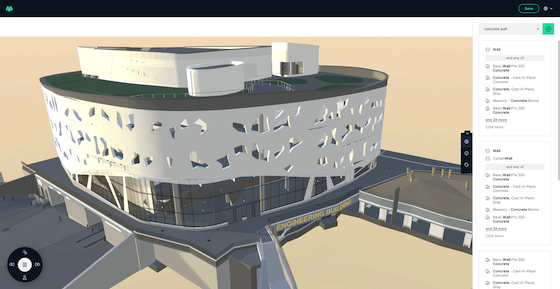Qonic’s data editing tools
A while ago, Qonic released its mission statement to develop an AEC solid modeler to increase the level of development of a design faster and more consistently – taking the model LOD from a design intent model to construction model. We are building our foundational technology stack on top of the most modern web and 3D technologies, including the viewing technology and data exploration tools.

Qonic can be used as a tool to collate IFC data from different systems, at different levels of detail. In this post we go even one step further and demonstrate the possibility to edit building elements. In this way, Qonic acts as a model refinement tool, rather than a model viewer, and enables you to continue working on existing (IFC) models.
For Qonic, it is not sufficient to stop at just allowing users to view the imported IFC data, but we also allow editing of this data.
This enables a more continuous workflow of exchanging model data, for example an architect providing building design information to a contractor or surveyor, where geometric or property modifications may need to be made.
Adding classification codes
We will talk about our solid modeler for making geometric changes in a later post, but now we will show an example of non-geometric changes. In many design intent models, classification information (like Omniclass, Uniclass, Masterformat, or DIN277) might be wrong, inconsistent, or just missing. This makes the model unfit for the purpose of quantity take-off later on.
One could argue that the architect should add this information, but why should we force the architect to learn a classification system used by a quantity surveyor? In Qonic, the latter can assign classification codes to the corresponding building elements, using the model information provided by the designer.
Moreover, Qonic supports the most common classification systems out-of-the-box, making the whole process less error-prone and easy. After the changes have been made, the model can be exported again and brought into any other IFC compatible applications.
Get in touch!
Keep following us to see more updates. As we’re building the Qonic toolset in the months to come, we would like to speak to you. Feel free to reach out to us, follow Qonic on LinkedIn or subscribe to our website www.qonic.com.
Join our community
Sign up
to Qonic and start exploring.